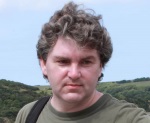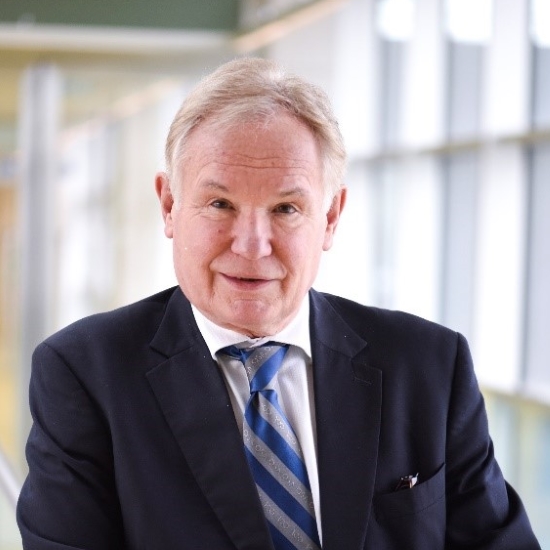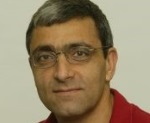Links to external sources may no longer work as intended. The content may not represent the latest thinking in this area or the Society’s current position on the topic.
Communication networks beyond the capacity crunch
Scientific discussion meeting organised by Professor Andrew Ellis, Professor Sir David Payne CBE FREng FRS and Professor David Saad
Event details
Communication networks face a potentially disastrous 'capacity crunch'. This meeting combined research in cutting edge information theory adapted to account for the nonlinear dynamics of optical systems, radical network architectures grounded in mathematics to enhance utilisation of the finite capacity, advanced material science to provide new tools and uniquely economic analysis to scope the urgency of the issues.
Recorded audio files of the presentations are available on the speaker profiles below, and the papers will be published in a future issue of Philosophical Transactions A.
This meeting was followed by a related satellite meeting Communication networks beyond the capacity crunch - further discussion.



